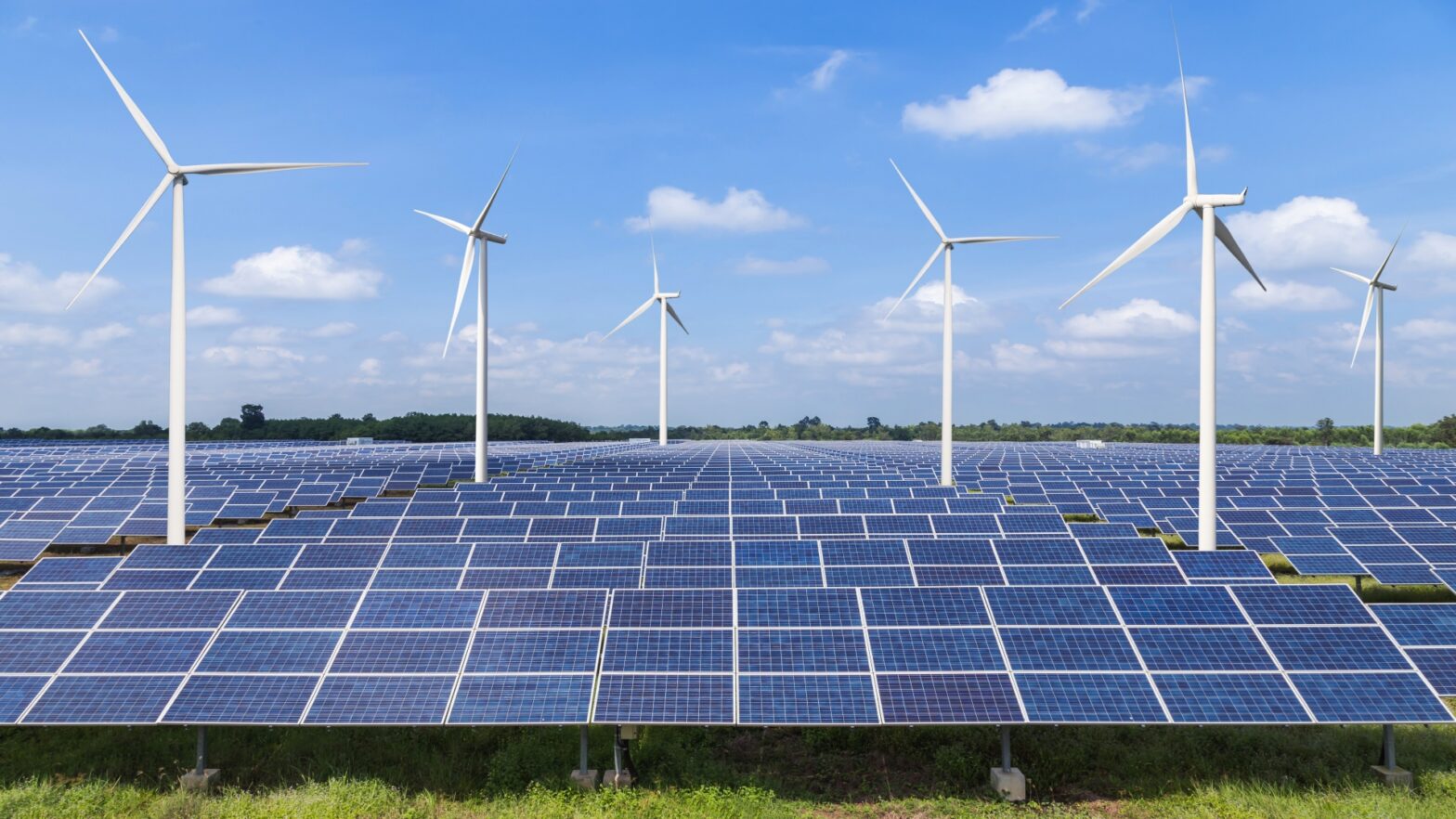If you own a 1,500-square-foot home in the USA, installing solar panels will set you back around $10,955 after federal tax credits.
But this isn’t just about reducing your dependence on ever-changing electricity prices—it’s also a way to save big over time, with potential savings of up to $34,175 over the next 25 years if you pay upfront cash.
If you opt for a PPA or a solar lease agreement from a company like Ecogen America, you will get a free solar system, but your savings will be lower.
In this guide, I’ll break down the costs, explain how many panels you’ll need, and cover the main factors that affect your savings.
How to Calculate Solar Panels’ Cost Do I Need for a 1,500 Square Foot Home?
1. Consider Your Monthly Energy Consumption
The Energy Information Administration tells us that the typical American home uses about 10,632 kWh of electricity every year, or roughly 886 kWh each month.
Let’s use the average usage of 886 kWh per month as a starting point.
2. Find out the Peak Sun Hours in Your Area
Now, how much power can your solar panels produce?
Well, a lot depends on how much sunshine you get, and trust me, it varies a lot during the day.
On overcast days, the sunlight intensity might hover around 300W/m², but on clear, sunny days, it could spike up to 1,000W/m² per hour.
Here’s where the concept of peak sun hours comes into play.
These are those golden hours when the sun delivers a full 1,000W/m².
It’s the prime time for your solar panels because that’s when they generate the most energy.
For instance, let’s imagine you’re in Los Angeles, blessed with 175 peak sun hours per month.
To get a precise calculation for your location, just use tools like the NREL (National Renewable Energy Laboratory) calculator.
3. Calculate the Theoretical Size of Your Solar System
Here’s a straightforward formula:
Solar System Size (kW) = Electricity Usage (kWh) / Peak Sun Hours per Month (hrs)
Plugging in the numbers:
Solar System Size (kW) = 886 kWh / 175 hrs = about 5.06 kW.
Keep in mind, that this calculation assumes ideal conditions—no shading from trees, no accumulation of dust—just perfect sunny days.
However, in the real world, factors like shading or debris can reduce your system’s efficiency.
4. Factor in System Losses
Even the best solar panels don’t live in a perfect world—they deal with shadows from trees, dust, and just general inefficiencies that all equipment experiences.
Usually, these losses are about 14% of the energy production.
Real-Life Solar System Size (kW) = Ideal System Size (kW) x 1.14
Plug in our numbers, and you get:
Real-Life Solar System Size (kW) = 5.06 kW x 1.14 ≈ 5.77 kW
This way, you’re ensuring you have enough juice to cover your energy needs, even if your panels aren’t soaking up every single ray of sunshine every day.
5. Find the Total Number of Solar Panels
Every solar panel has a power rating usually between 250 watts and 400 watts per panel.
Number of Solar Panels = Real-Life Solar System Size (kW) / Solar Panel Wattage (kW)
Using our example, let’s say we need a system size of 5.77 kW to cover all our energy needs, and we’re looking at panels that each provide 300 watts or 0.3 kW.
Here’s how you’d do the math:
Number of Solar Panels = 5.77 kW / 0.3 kW = 19.23 panels.
But since you can’t install part of a panel, you’ll round up to the nearest whole number.
That way, you’d install 20 of these 300-watt panels to ensure your home has all the power it needs.
6. Estimate the Cost of Solar Panels
In the U.S., you look at spending around $2.77 for each watt of solar power, before any tax credits come into play.
Here’s how you can calculate the total cost:
Total Cost = Solar System Size (kW) x Average US Cost ($/W)
For our example, if our solar system is 5.65 kW:
Total Cost = 5.65 kW x $2.77 = about $15,650 before tax credits.
Now, let’s factor in the tax credits, which can reduce your costs—by about 30%.
Net Cost = Total Cost x (1 – Tax Credit Percentage)
Net Cost = $15,650 x (1 – 0.3) = about $10,955.
So, after those helpful tax breaks, you’d be looking at roughly $10,955 for a complete solar setup on your home.
How Much Money Will a Solar System of 1,500 ft Square House Save Me?
A solar panel system for a 1,500-square-foot home will save you about $34,175 over 25 years.
Let’s break down how we get to that figure.
First, we calculate the total electricity that your solar system is expected to produce throughout its lifetime.
Total Electricity Produced (kWh) = Electricity Usage (kWh/month) x 25 years x 12 months.
So, if your home uses about 886 kWh per month, here’s what that looks like:
Total Electricity Produced (kWh) = 886 kWh/month x 25 years x 12 months = 265,500 kWh.
Next up, let’s calculate how much money you could save.
We’ll take the total electricity produced and multiply it by the current average electricity rate in the U.S., which is about $0.166 per kWh.
After that, we subtract the initial cost of installing your solar system to find out your total savings:
Total Savings ($) = Total Electricity Produced (kWh) x Electricity Rate ($/kWh) – Solar System Cost ($).
Plugging in our numbers:
Total Savings ($) = 265,500 kWh x $0.166/kWh – $10,955 = about $34,175.
Conclusion
As promised, we’ve covered the key factors you need to know when calculating the cost of solar panels for your 1,500-square-foot home.
From upfront installation costs to long-term savings, solar offers a way to reduce energy bills and hedge against inflation.





























